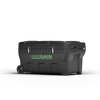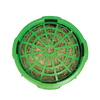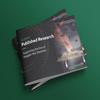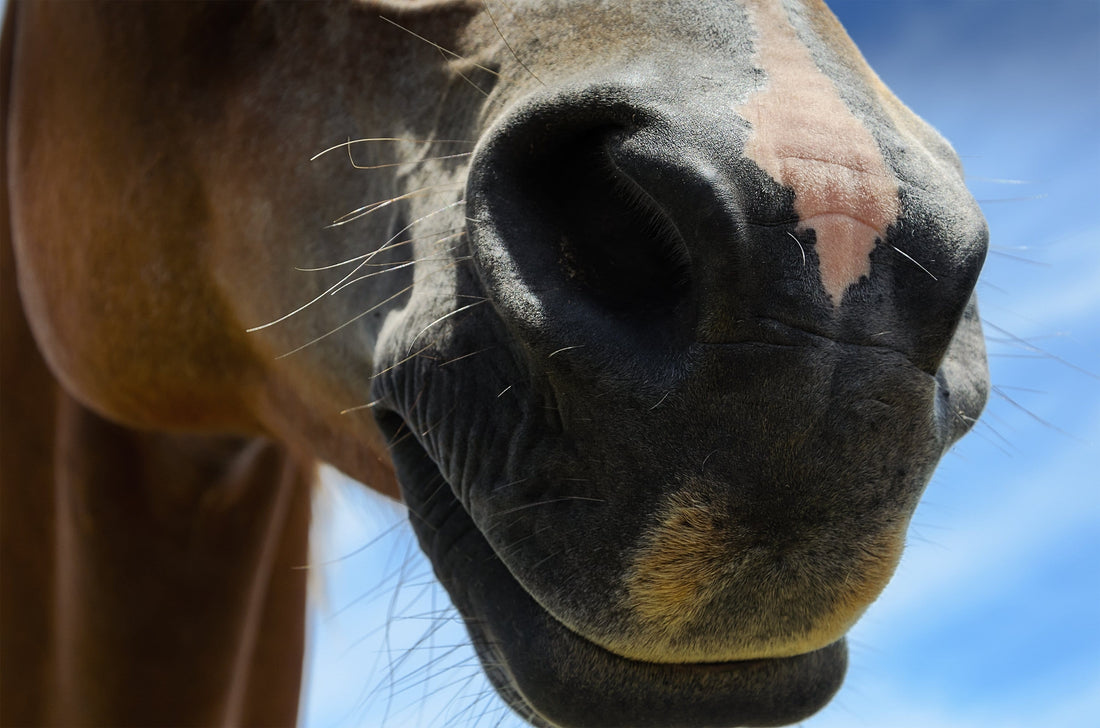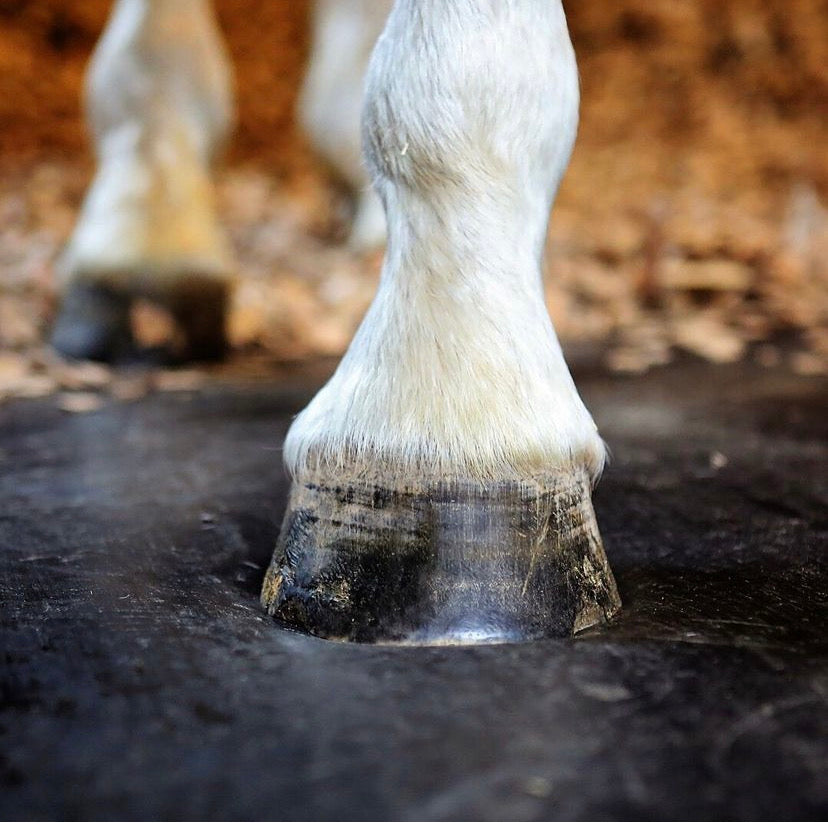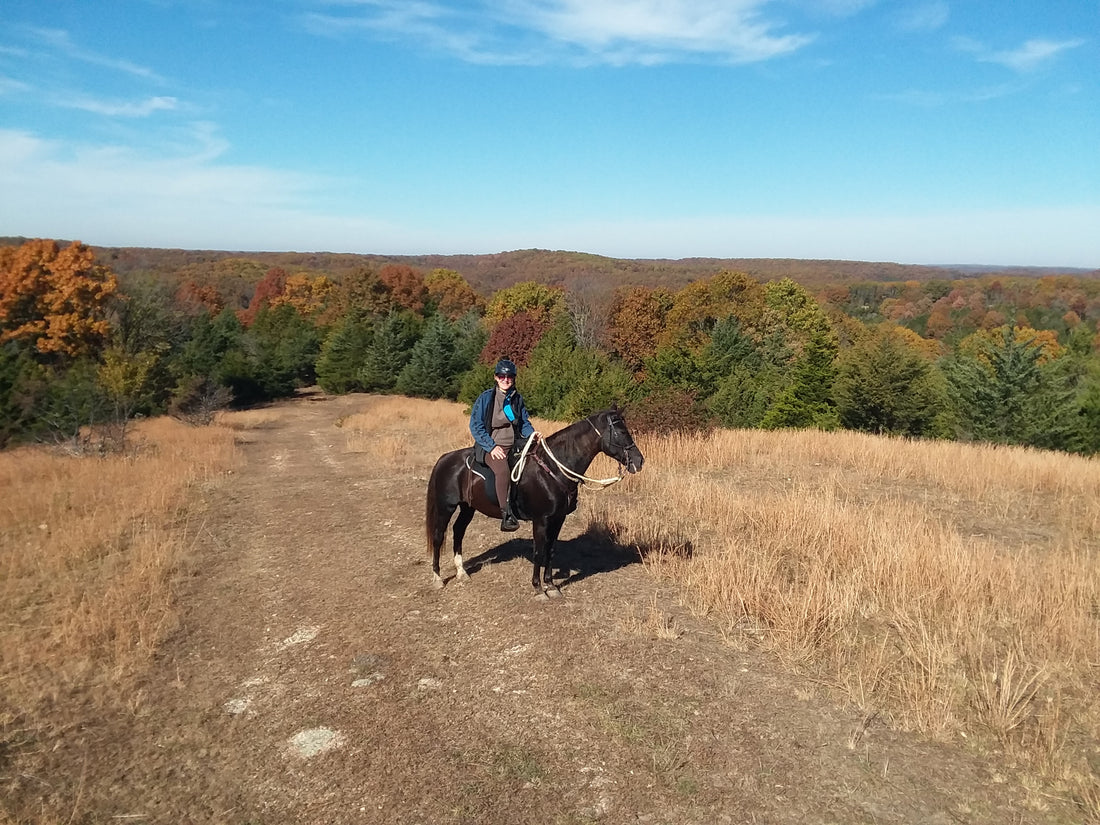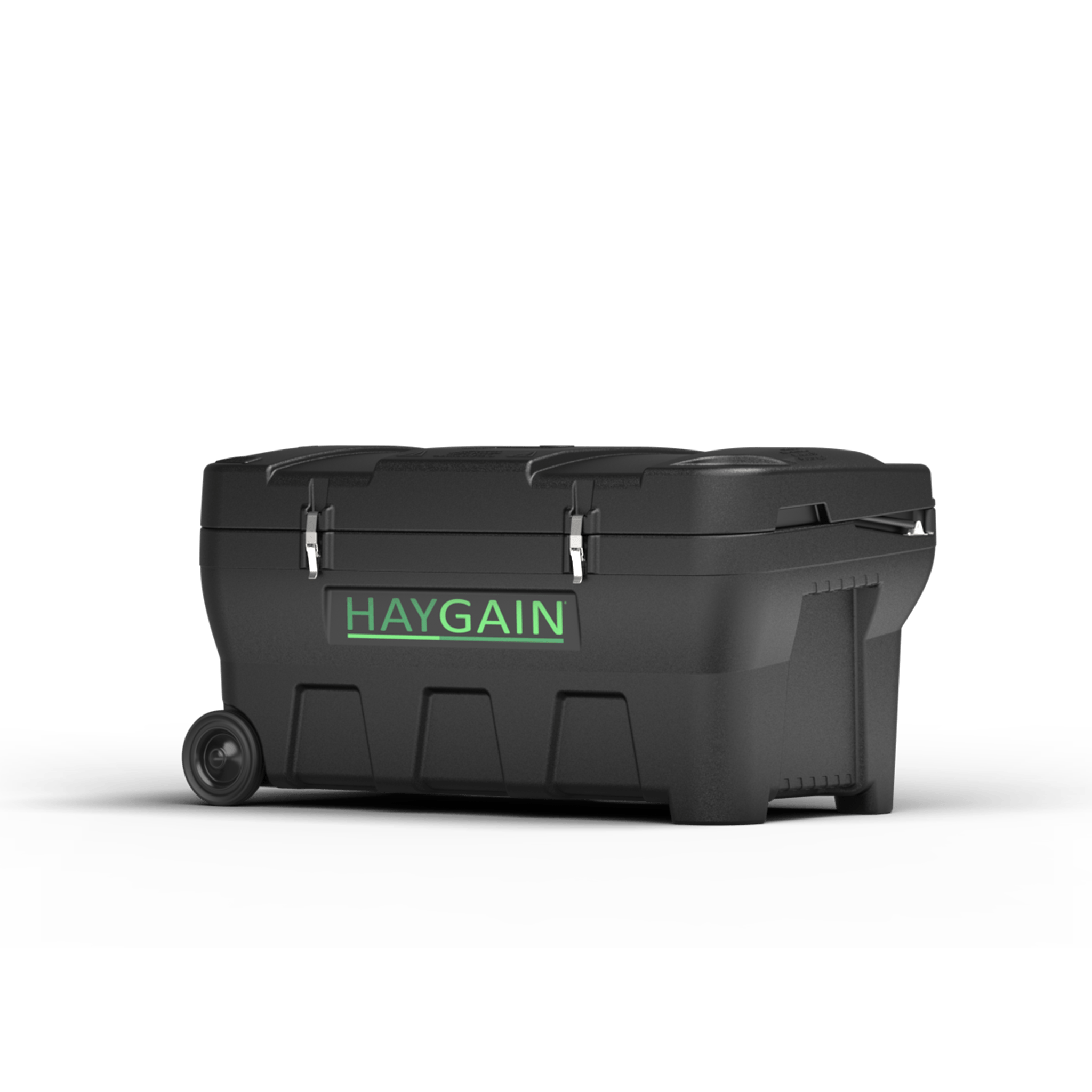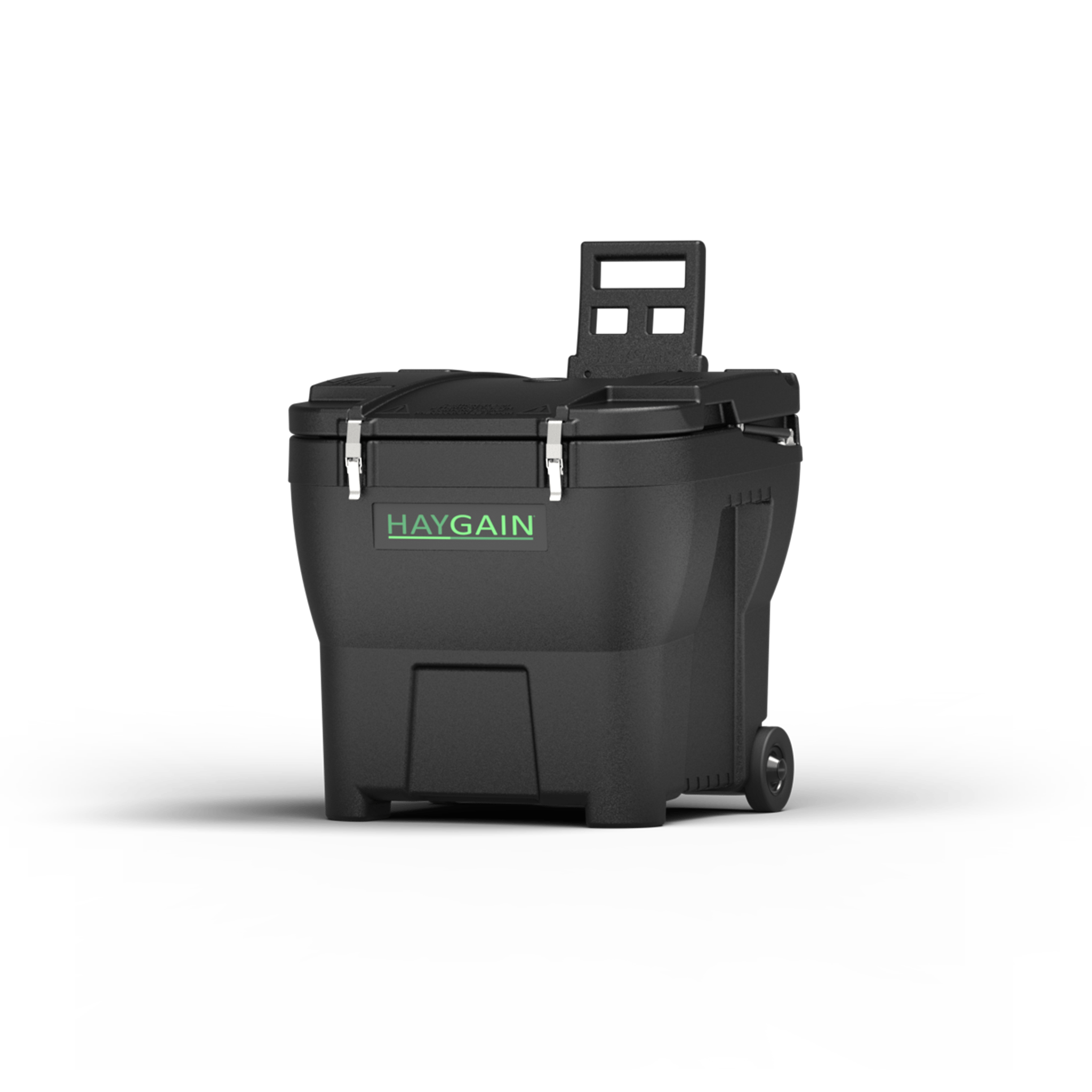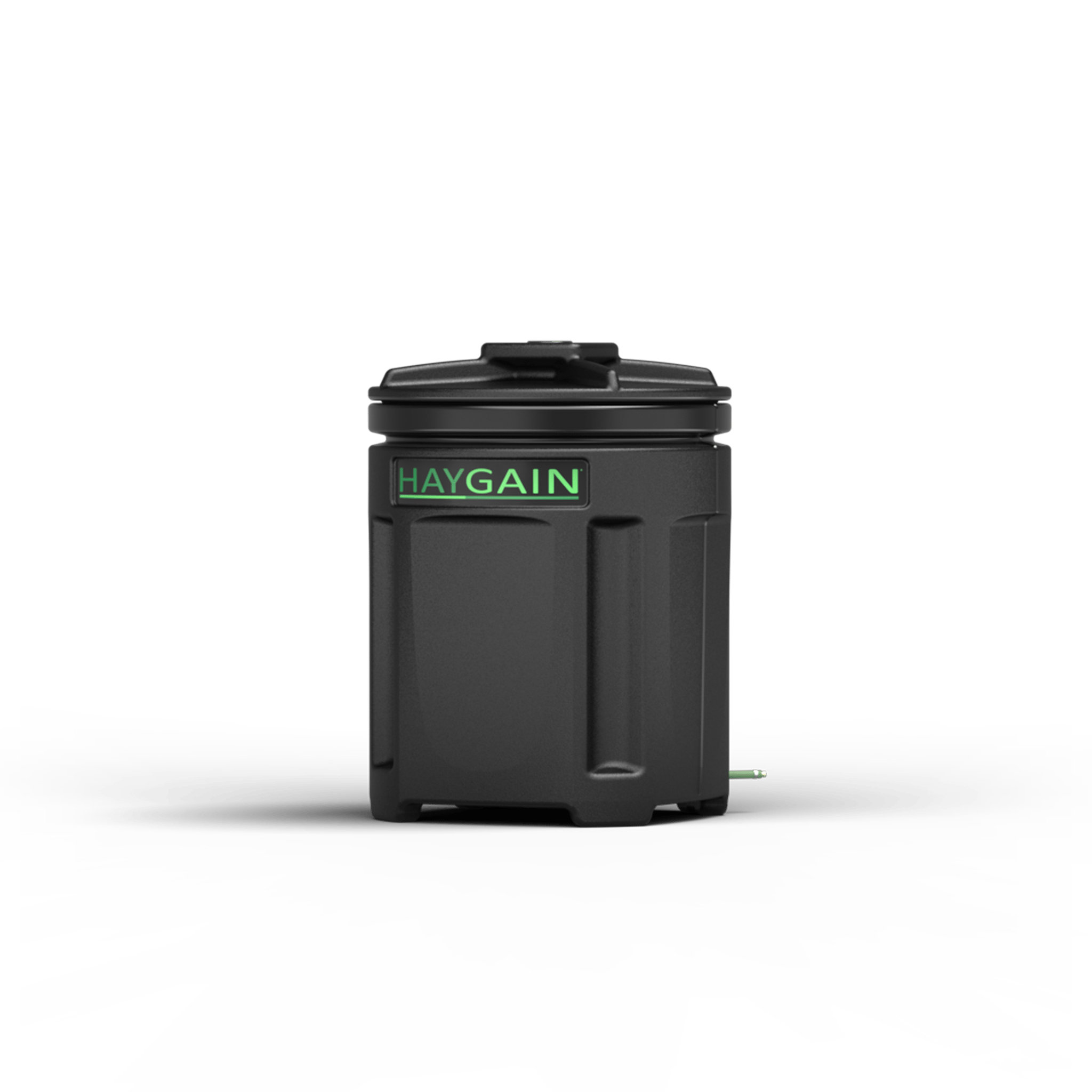
Becky James BSc MSc
Director of Technical Sales, Haygain
Key points:
- Nature, arguably the most recognised scientific multi-disciplinary journal in the world, has published research findings which reveal almost 400 allergens causing Severe Equine Asthma (sEA)
- The research, funded by Haygain, utilized the latest developments in computational and robotic technologies
- It was the largest scale allergen assessment in sEA horses to date
- The study also revealed an association between sEA-affected horses and latex, used in riding surfaces and racetracks
- Haygain Hay Steamer units have been shown to reduce clinical signs of sEA caused by the dust and fungal content in hay***
- Haygain finances research at a number of centers worldwide and was proud to support this research and the quest to improve our understanding of sEA in horses, and ultimately how we can help prevent and manage this condition and its effect on the quality of life of horses and their performance

It is common knowledge that the inhalation of stable ‘dust’ in predisposed horses results in sEA (previously known as recurrent airway obstruction/heaves/COPD).
“We know this ‘dust’ contains bacteria, fungi, pollen and arthropods (e.g. mites), but what we wanted to establish was the precise allergen that elicit this prevalent, and debilitating condition” , said lead researcher Samuel White, who conducted the study with the Royal Agricultural University and the University of Nottingham.
Utilizing advances in computational and robotic technologies, White developed a novel method which enabled the simultaneous assessment of almost 400 potential allergens in over 130 sEA-affected and healthy horses.
We know this ‘dust’ contains bacteria, fungi, pollen and arthropods (e.g. mites), but what we wanted to establish was the precise allergen that elicit this prevalent, and debilitating condition."
This was the widest-scale allergen assessment in sEA horses to date. The results confirmed allergen previously identified in hay (e.g. Aspergillus fumigatus), as well as revealing a plethora of unidentified bacteria, fungi and arthropod.
Previous research by Moore-Colyer et al has proven high temperature steaming of hay with a Haygain to be effective against these allergens. White’s work also identified pollen allergens, which had not previously been associated with sEA.
In addition the research revealed an association between sEA-affected horses and antibodies specific for proteins derived from latex, traditionally found in riding surfaces and race tracks.

the most significant and surprising allergens associated with sEA were from natural rubber latex. Latex is historically associated with the equine environment in the form of artificial surfaces on arenas and racetracks.”
Samuel White, now a Lecturer in Equine Science at Nottingham Trent University, said “the most significant and surprising allergens associated with sEA were from natural rubber latex. Latex is historically associated with the equine environment in the form of artificial surfaces on arenas and racetracks.” The high level of respirable dust associated with training on these surfaces has already been linked with chronic bronchitis, inflammation and oxidative stress in riding instructors, and latex has long been associated with a variety of respiratory conditions in the human. These results indicate that exposure to latex may be detrimental to the respiratory health of the horse.

Mathematical modelling of the microarray data enabled the accurate diagnosis of sEA using a small sample of blood for the first time, potentially negating the use of more invasive diagnostic methods. Moreover, identification of allergens involved in this condition will enable accurate allergen avoidance, which is the cornerstone to sEA treatment, and inform future diagnostic and therapeutic advancements.
The peer-reviewed paper outlining the research in Nature is available at https://www.nature.com/articles/s41598-019-51820-7.pdf
“I would like to take this opportunity to extend my gratitude once more for the funding provided by Haygain that made this research possible, and improving the health and welfare of horses affected with severe equine asthma” , added White.
Haygain Hay Steamers are scientifically proven to reduce up to 99%* of the bacteria and mold in hay. Developed with the Royal Agricultural University in the UK, Haygain Hay Steamers are unique in their ability to raise the temperature throughout the hay to the critical temperature of 100 degrees centigrade at which temperature the bacteria and mold are killed.

The traditional method of reducing allergens in hay – soaking – does dampen down dust, but research has proven that soaking also increases the bacterial content of hay by as much as 150% in just 10 minutes.** Haygain’s hay steamers have been shown to reduce clinical signs of sEA caused by the dust and fungal content in hay.***
Haygain’s ComfortStall flooring, which is latex free, also reduces dust and the risk of respiratory contaminants in the stable environment. This impermeable, orthopedic, sealed surface reduces the need for stable bedding, another source of sEA-causing allergens.
In a press release of October 14, 2019 Bill Moroney, Chief Executive Officer of US Equestrian stated “The research and data supporting the success and importance of [Haygain’s] product, both in overall performance and general care, made this brand an important one for us to bring into the US Equestrian fold.”
Haygain finances research in to equine health and well-being at a number of centers worldwide and was proud to support this research and the quest to improve our understanding of sEA in horses and ultimately how we can help prevent and manage this condition and its effect on the quality of life of horses and their performance.
For more on the benefits of Haygain Hay Steamers and ComfortStall please click on the links below.
* Journal of Equine Veterinary Science (Moore-Colyer, M.J.S. Taylor, J. and James, R. The effect of steaming and soaking on the respirable particle, bacteria, mould and nutrient content in hay for horses. Journal of Equine Veterinary Science. Aug 2015 Language: English. DOI: 10.1016/j.jevs.2015.09.006, http://www.j-evs.com/article/S0737-0806(15)00581-X/abstract
** Moore-Colyer, M.J.S and Fillery, B.G. (2012) The Effect of three different treatments on the respirable particle content, total viable count and mould concentrations in hay for horses. 6 th European Workshop for Equine Nutrition, Lisbon, Portugal, June. 101- 106.
*** Blumerich, C.A., Buechner-Maxwell, V.A., Scrratt, W.K., Wilson, K.E., Ricco, C., Becvarova, I., Hodgson, J. and Were, S. (2012) Comparison of airway response of Recurrent Airway Obstruction affected horses fed steamed versus non-steamed hay. Proceedings of the Annual ACVIM Conference, 2012.


